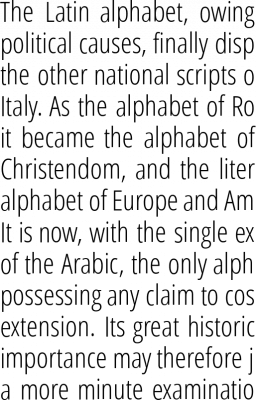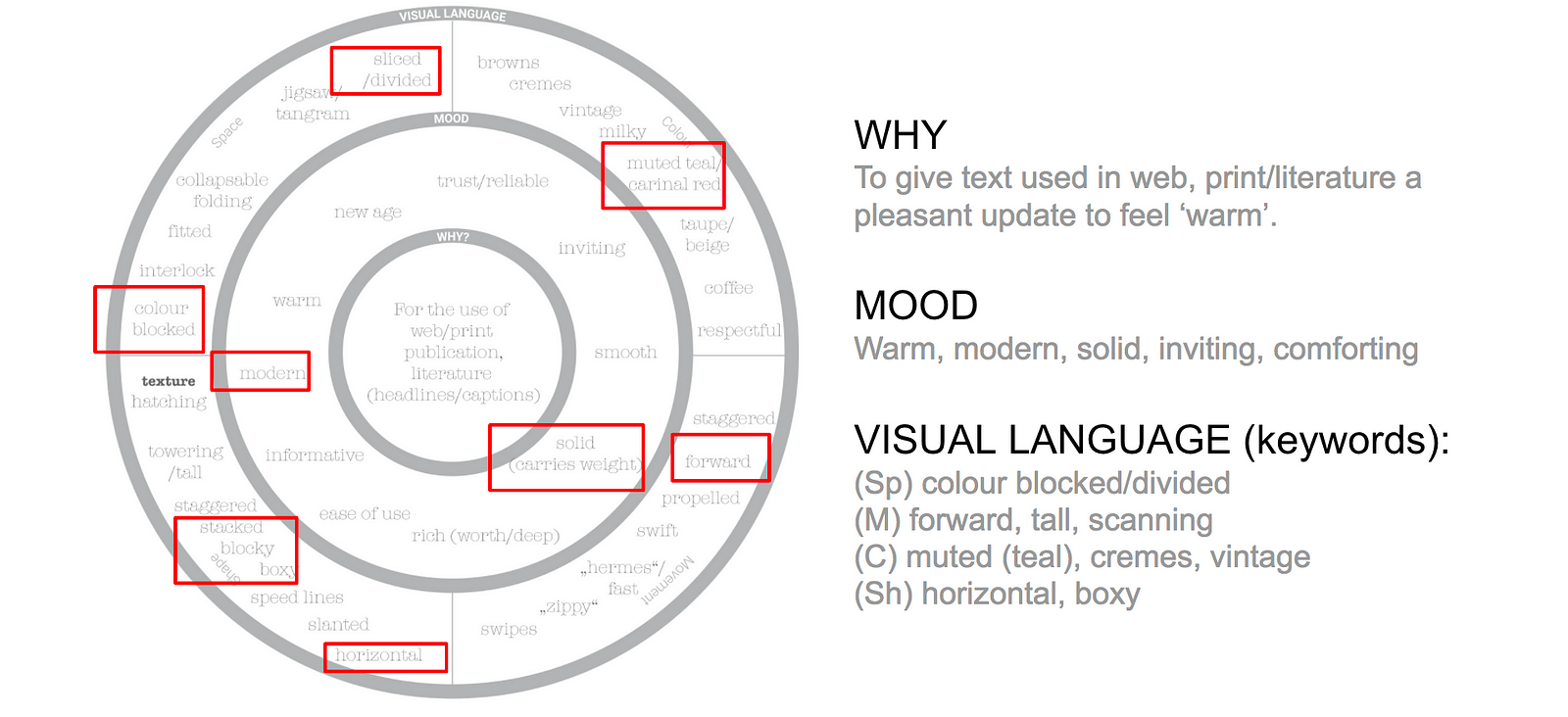Breuer Condensed Medium


Condensed Catalogue of Jas. Tuft's Soda Water Apparatus Artist: James W. Tufts (Boston, Massachusetts) Date: 1877 Medium: Illustrations: wood engraving or photo engraving Accession: 56.516.40 On view in: Not on view.
Interesting to see how Christian Robertson stresses the angle of how the face works for longer text. On-screen reading aside though, I have to wonder how important the branding aspect is here. Ramallah but a whimper rar. The promo video linked to above suggests it is certainly a factor.
And this sort of thing targets exactly people who may not already have been using the font, and would have to get its “flavor” immediately. In just a few words. In this context, it would seem that a strong, original and unified character would surely be desireable, a character that would make Android Fudge and Android Marshmallow taste if not the same way, then at least decidedly related, no? And this does look a bit like the whole dessert buffet fell into a pot together. Stephen, as someone familiar with Christian’s work on Amble (for Punchcut) and some of his other work, there are elements that don’t surprise me (the Kk and the openness of the e, etc.) that are just part of Christian’s typographic vocabulary. I have yet to use the typeface on a device, but regardless of typographic heritage and classification I know how Christian’s mind (and eye) work.
In a small screen context economy and readability are everything. So, I will reserve judgement until I see it and use it on a device. [It’s not because the screen version of Comic Sans is quite good or not so bad (b&w on Windows XP, text sizes) that we need to see it in large sizes everywhere] I’m 100% against too much rules on typography. — I love Gill Sans for this. Because Eric Gill adapted is design to the weight (black more open and contrasted, light fully simple, etc.)* — Same manner for distinctive design depending the size: ITC Bodoni earlier example.  — Even (the good) Wayfarer by Jeremy Tankard is a clever way to mix irregularity with different endings, forms.
— Even (the good) Wayfarer by Jeremy Tankard is a clever way to mix irregularity with different endings, forms.
But here frankly, mixing such forms doesn’t work. Or perhaps its a comeback of ’90s Grunge Type into a new form?:) * As already explained elsewhere, my Parisine follows this idea of different endings through weights. Oh my god, I had to laugh when I checked this crap a couple of minutes ago (there are already jokes about the font on Facebook). The diacritical marks are soooo funny, especially ogonek, the Polish users will certainly appreciate it. Ldot/ldot is also pretty lunatic. Napostrophe is pretty cool.
I admire the solution of dcaron, lcaron, tcaron & Lcaron – next time I will also ignore the diacritics I’ve never heard of. Why to waste my time.
And guess: are the accented letters kerned? Of course not. Welcome in 1990. I hate this arrogant approach. Hi, I found the article fascinating (and the remarks!) because I mostly react to fonts as “meh,” “ugly,” or “hmmm, nice!” I’m not that excited at Roboto (meh) but in looking at the two alphabet samples you posted, the capital G, O and Q seem so drastically different from Roboto and the supposed sources they look really shoe-horned in, like you couldn’t find a font that fit so you just threw them in. Since my eye isn’t that fine for the very small nuances of fonts and those letters really stood out, it sort of deflated your central argument of it being a mish-mosh of fonts. The capital G, O and Q seem so drastically different from Roboto My intent wasn’t to show which fonts specifically are copied, but how Roboto is cobbled together from unrelated styles.
There are surely other typefaces that have an ‘O’ and ‘Q’ that are more similar. I just show DIN as a very recognizable typeface in the genre of straight-sided industrial sans. Perhaps the graphic itself is misleading, but I try to be clear about this in the accompanying text. The ‘G’ is probably Roboto’s most original glyph — I’ll grant you that. I have not seen it on a phone, but on my tablet (10.1″ Xoom), it is much better than the previous default font.
UI, email (Kaiten), calendar (calengoo), browser, all much better for my needs, which are: easy to read and easy on the eyes when using as small a font as possible (in Kaiten and Calengoo, I minimize the font size to fit as much as possible). I can’t speak for aesthetics really I do think it looks better (can’t say why), but for me, it is just more practical (it is an easier experience when using small fonts) •. (disclaimer – my own opinions) To begin to get your head around many of Google’s softwares, in this case fonts, you need to consider two main tenets of the free software community – a) Stallman’s notion of the – and b) ‘release early, release often’.